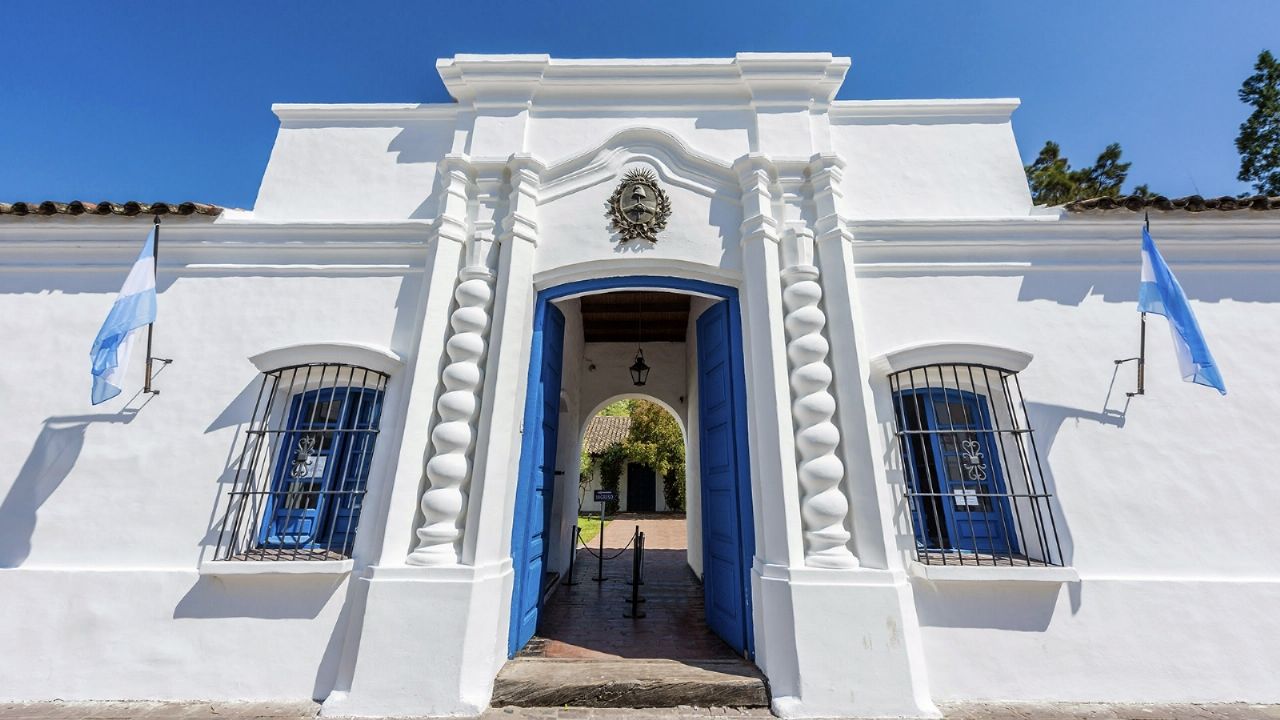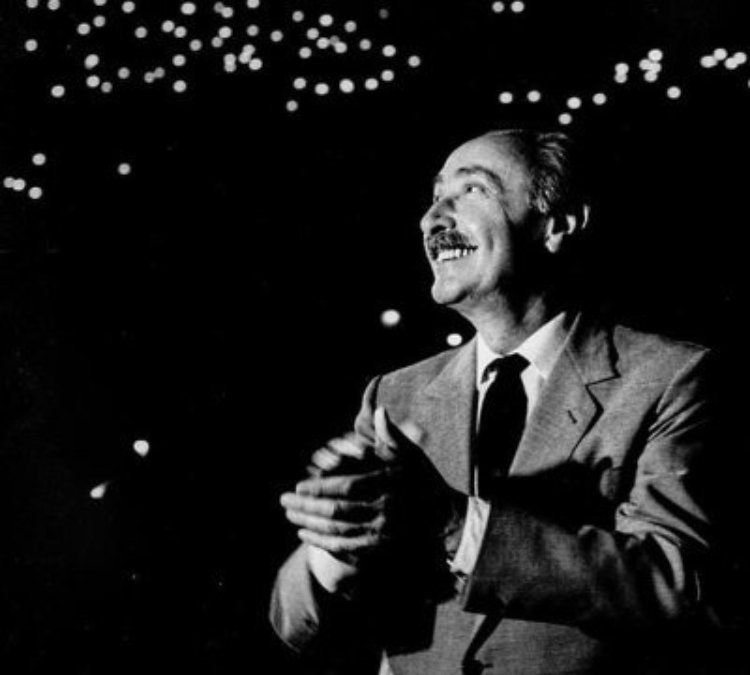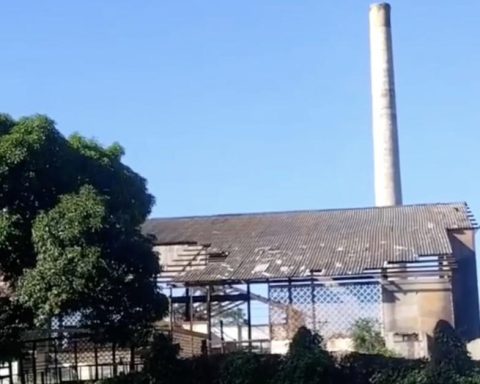After the events that occurred in the Week of May 1810, where Viceroy Baltasar Hidalgo de Cisneros was dismissed and the First Governing Board was established, six years later another momentous event would occur for the Argentine territory: the Independence Day.
On July 9, 1816 in San Miguel de Tucumán, the Declaration of Independence of the United Provinces in South America. There, 29 representatives concluded the process started with the May Revolution. In the aforementioned date the organization of the continental plan of José de San Martín was decreed, who would then definitively liberate Argentina, Chile and Peru.
In sum, the Independence Day commemorates the day that took place in the Casita de Tucumán, where 29 representatives signed the July 9, 1816 the new Declaration of Independence. There, the will to “invest itself with the high character of a free and independent nation from King Ferdinand VII, his successors and metropolis, and from all other foreign domination” was declared.
The act signed in the Casita de Tucumán
As is known, July 9, 1916 represents one of the most important dates for the country, since the events that occurred on that day gave it sovereignty. Punctually, through the writing, the political independence with respect to the Spanish Monarchy was proclaimed.

On this national day, the Independence Day It refers directly to the Casita de Tucumán, which corresponds to the home of Francisca Bazán de Laguna. On the other hand, the value of the day can also be reflected today through multiple streets, buildings and places that captured the name “July 9”.


















